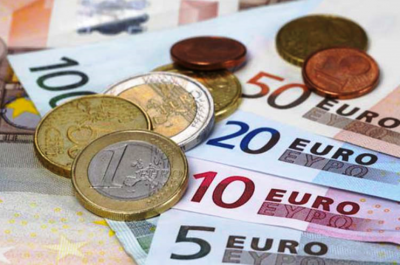
Have you ever wondered how easy it would be if all the nations in the world followed the same currency? A single currency has many positive sides. It ensures easy cross-country trade, more economic stability, and never-ending opportunities and choices for consumers. But sadly, this is not how the global market works.
Since the late 1960s, the EU was focused on framing an economic and monetary union (EMU) that could co-ordinate standard economic and financial policies and bring in a single common currency, the euro.
However, progress towards framing an EMU was hindered mainly due to various obstacles such as contrasting political commitments, disagreement over economic priorities, and instability of international markets.
In 1979, a European Monetary System (EMS) was established, which chiefly aimed at achieving EMU. Under the leadership of Jacques Delors, the then president of the European Commission, the central bank governors of the EU countries joined hands to produce the Delors Report.
The report suggested a decade-long (1990-1999) three-stage preparatory period for establishing an EMU and Euro area. This was unanimously agreed to by the various European leaders at the European Council held at Maastricht, the Netherlands, in December 1991.
As a result, on the 1st of January, 1999, the euro was finally launched after almost a decade. Initially, the euro was used only for accounting and electronic payment purposes and remained an invisible currency. After three years, on the 1st of January, 2002, euro coins and banknotes were launched in 12 EU countries marking the most significant monetary changeover ever in history!
Picture Credit : Google




